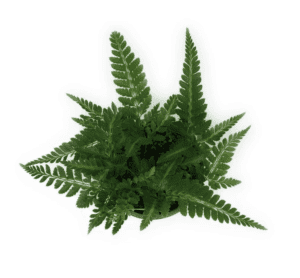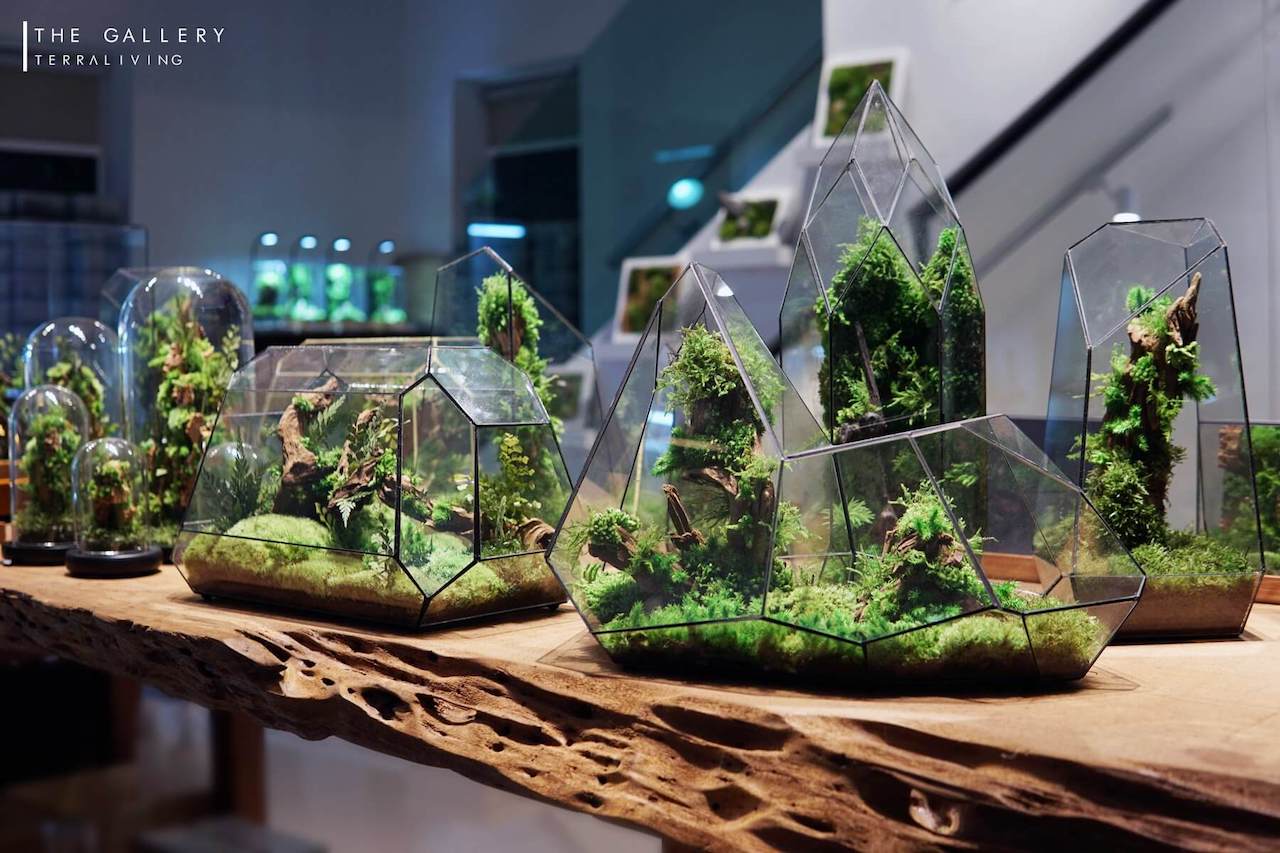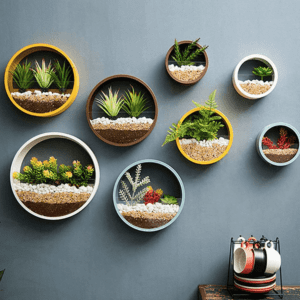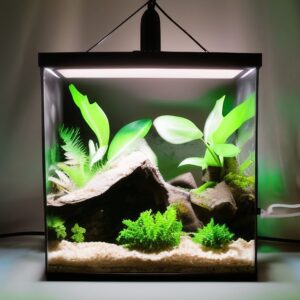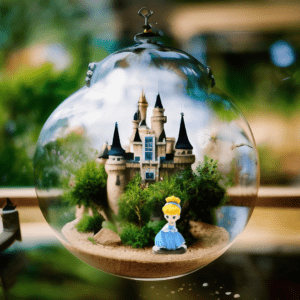Spider Ferns in Terrariums
Spider ferns (Arachniodes simplicior), also known as bird’s nest ferns, are a type of epiphyte. This means they grow on other plants, but do not harm them. They can be grown in terrariums with a little bit of care.
Plant Family: Nephrolepis (Fern Family)
Common Names: There are several common names for Nephrolepis, including Spider Fern, Sword Fern, and Boston Fern.
Origin: Spider ferns are native to moist, shady areas in Southeast Asia and Australia. They prefer cool temperatures and high humidity.
Flowering: Spider ferns do flower, but the flowers are very small and not very noticeable. They are greenish-white in colour.
Height and Growth: The height and growth rate of spider ferns can vary depending on the species, but they typically grow between 12 and 36 inches tall. They also grow at a medium rate, taking anywhere from one to two years to reach their full size.
Temperature: The most suitable temperature range for keeping spider ferns in terrariums is between 18 and 24 degrees celsius, or 64 and 75 degrees farhenheit.
Humidity: The most suitable humidity range for keeping spider ferns in terrariums is between 50 and 100 percent humidity. This can be achieved by misting the plants regularly or placing the terrarium near a humid area, such as a bathroom.
Growing Medium: Spider ferns do best in a moist, well-drained soil that is high in organic matter. A potting mix specifically designed for epiphytes or orchids works well, or you can create your own mix by combining two parts potting soil with one part peat moss.
Soil pH: Spider ferns prefer a soil pH of 5.5 to 6.5, so a potting mix that is slightly acidic is ideal. If the soil in your terrarium is too alkaline, you can dilute some white vinegar with water and pour it over the soil to lower the pH.
Lighting Requirements: Spider ferns do best when they receive bright, indirect light. A spot near a window that gets morning or afternoon sun is ideal, but they can also be grown in shadier locations. Direct sunlight can cause the leaves to scorch, so it is important to avoid placing them in a spot where they will be exposed to strong sunlight
Watering Requirements: Spider ferns should be watered regularly, but be careful not to overwater them. The best way to tell if they need water is to check the moisture level of the soil. If the soil is dry to the touch, then it is time to water them. You can water them by pouring water over the soil until it begins to
Propagation: Spider ferns can be propagated by division.
To propagate them by division, simply separate the plants into clumps and replant them in moist, well-drained soil.
Common Problems: The most common problems people face when growing spider ferns in terrariums are overwatering and underwatering. If you overwater your spider fern, the leaves will begin to yellow and rot. If you underwater your spider fern, the leaves will begin to turn brown and crispy. The best way to avoid these problems is to check the moisture level of the soil regularly and water when necessary.
Another common problem people face when growing spider ferns is that they do not receive enough light. Spider ferns need bright, indirect light in order to thrive. If they do not receive enough light, the leaves will begin to turn yellow and the plant will eventually die.
If you are having trouble growing your spider fern, make sure that you are watering it regularly and giving it enough light. If you are still having problems, you can try propagating it by division. Simply divide the plant into clumps and replant them in moist, well-drained soil. With a little bit of care, your spider fern should thrive.

Where to Buy: Spider Ferns can be purchased online or at a local garden nursery. When looking online, there are three great places to search: Amazon, Etsy, and eBay. All three websites offer a wide variety of plants for sale. You can also find Spider Ferns at your local garden nursery. Check the nursery’s website or call ahead to see if they have Spider Ferns in stock.
Terrariums are a great way to grow spider ferns, as they provide the humidity and indirect light that these plants need to thrive. By following the care instructions above, you can successfully grow spider ferns
Looking for more terrarium plant ideas? Check out our Terrarium Plant Library >

